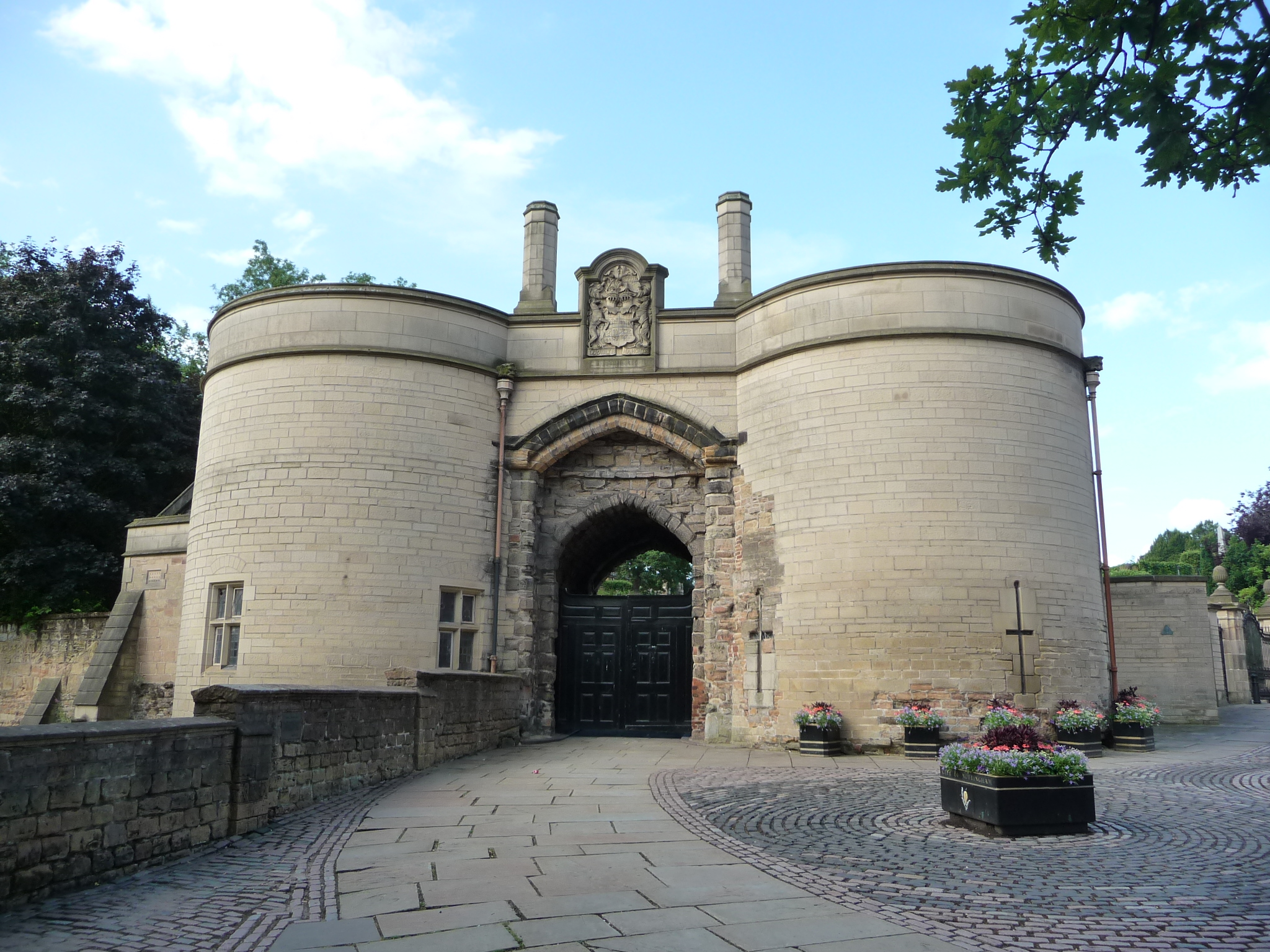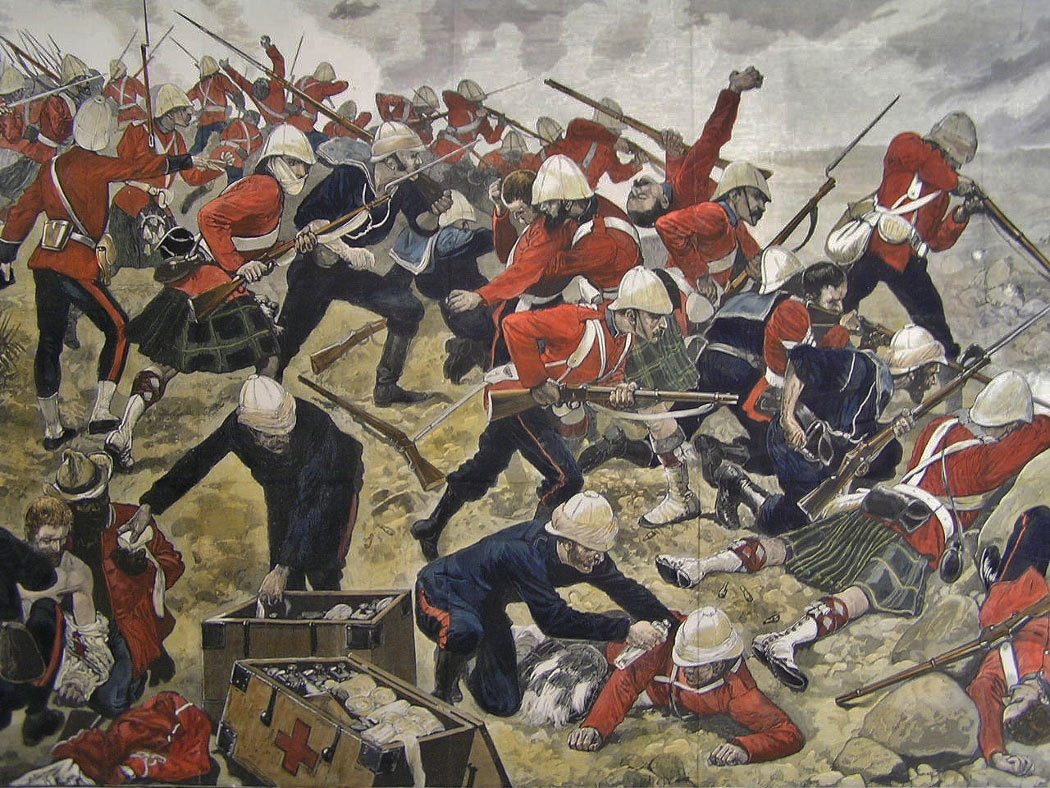|
Mary Gillick
Mary Gaskell Gillick ( Tutin; 1881 – 27 January 1965) was a sculptor and medallist, best known for her effigy of Elizabeth II used on coinage in the United Kingdom and elsewhere from 1953 to 1970. Personal life Born Mary Gaskell Tutin in Nottingham, she was the eldest of three children born to Thomas Tutin and Elizabeth Gaskell ( Ardern), who wed on 25 March 1880 in Knutsford, Cheshire. She was educated at the Nottingham School of Art (1898–1902) and at the Royal College of Art (1902–1904), where she studied under the sculptor Édouard Lantéri. After making her first exhibition at the Royal Academy in 1911, she designed several medals to be used as awards, and several other, larger relief sculptures in stone and bronze including the stone commemorative sculpture, Crosby Hall, Chelsea 1926 In 1905, she married sculptor Ernest Gillick. Honours She was appointed OBE in the 1953 Coronation Honours. Effigy of Elizabeth II In 1952, Gillick's effigy design was selected ... [...More Info...] [...Related Items...] OR: [Wikipedia] [Google] [Baidu] |
Nottingham
Nottingham ( , East Midlands English, locally ) is a City status in the United Kingdom, city and Unitary authorities of England, unitary authority area in Nottinghamshire, East Midlands, England. It is located south-east of Sheffield and north-east of Birmingham. Nottingham is the legendary home of Robin Hood and to the lace-making, bicycle and Smoking in the United Kingdom, tobacco industries. The city is also the county town of Nottinghamshire and the settlement was granted its city charter in 1897, as part of Queen Victoria's Diamond Jubilee celebrations. In the 2021 United Kingdom census, 2021 Census, Nottingham had a reported population of 323,632. The wider conurbation, which includes many of the city's suburbs, has a population of 768,638. It is the largest urban area in the East Midlands and the second-largest in the Midlands. Its Functional Urban Area, the largest in the East Midlands, has a population of 919,484. The population of the Nottingham/Derby metropolitan a ... [...More Info...] [...Related Items...] OR: [Wikipedia] [Google] [Baidu] |
Cecil Thomas (sculptor)
Cecil Walter Thomas, FRBS, (3 March 1885 – 16 September 1976) was a British sculptor and medallist. As a sculptor, he created many private memorials for display in churches and cemeteries and as a medallist was regularly commissioned by the Royal Mint. Early career Thomas was born in the Shepherd's Bush area of London to John Thomas, a seal engraver, and Alice Sophia Thomas (née Ings). As a teenager, Cecil became an apprentice in his father's practice and continued working for his father while studying at the Slade School of Fine Art, Heatherley School of Fine Art, and the Central School of Arts and Crafts. In his early career, he specialised in gem engraving, receiving commissions from all over the world, including several from the House of Fabergé. Nonetheless, his work in creating cameo portraits inspired his interest in medals and coins; he was one of the few artists to engrave directly into the die. Among his earliest works were a small medal in 1899 for S ... [...More Info...] [...Related Items...] OR: [Wikipedia] [Google] [Baidu] |
Coin Designers
A coin is a small object, usually round and flat, used primarily as a medium of exchange or legal tender. They are standardized in weight, and produced in large quantities at a mint (facility), mint in order to facilitate trade. They are most often issued by a government. Coins often have images, numerals, or text on them. The faces of coins or medals are sometimes called Obverse and reverse, the ''obverse'' and the ''reverse'', referring to the front and back sides, respectively. The obverse of a coin is commonly called ''heads'', because it often depicts the head of a prominent person, and the reverse is known as ''tails''. The first metal coins – invented in the Ancient Greece, ancient Greek world and disseminated during the Hellenistic period – were precious metal–based, and were invented in order to simplify and regularize the task of measuring and weighing bullion (bulk metal) carried around for the purpose of transactions. They carried their value within the coins t ... [...More Info...] [...Related Items...] OR: [Wikipedia] [Google] [Baidu] |
Artists From Nottingham
An artist is a person engaged in an activity related to creating art, practicing the arts, or demonstrating the work of art. The most common usage (in both everyday speech and academic discourse) refers to a practitioner in the visual arts only. However, the term is also often used in the entertainment business to refer to actors, musicians, singers, dancers and other performers, in which they are known as ''Artiste'' instead. ''Artiste'' (French) is a variant used in English in this context, but this use has become rare. The use of the term "artist" to describe writers is valid, but less common, and mostly restricted to contexts such as critics' reviews; "author" is generally used instead. Dictionary definitions The ''Oxford English Dictionary'' defines the older, broader meanings of the word "artist": * A learned person or Master of Arts * One who pursues a practical science, traditionally medicine, astrology, alchemy, chemistry * A follower of a pursuit in which sk ... [...More Info...] [...Related Items...] OR: [Wikipedia] [Google] [Baidu] |
Alumni Of The Royal College Of Art
Alumni (: alumnus () or alumna ()) are former students or graduates of a school, college, or university. The feminine plural alumnae is sometimes used for groups of women, and alums (: alum) or alumns (: alumn) as gender-neutral alternatives. The word comes from Latin, meaning nurslings, pupils or foster children, derived from "to nourish". The term is not synonymous with "graduates": people can be alumni without graduating, e.g. Burt Reynolds was an alumnus of Florida State University but did not graduate. The term is sometimes used to refer to former employees, former members of an organization, former contributors, or former inmates. Etymology The Latin noun means "foster son" or "pupil". It is derived from the Latin verb "to nourish". Separate, but from the same root, is the adjective "nourishing", found in the phrase '' alma mater'', a title for a person's home university. Usage in Roman law In Latin, is a legal term (Roman law) to describe a child placed in foster ... [...More Info...] [...Related Items...] OR: [Wikipedia] [Google] [Baidu] |
1961 Deaths
Events January * January 1 – Monetary reform in the Soviet Union, 1961, Monetary reform in the Soviet Union. * January 3 ** United States President Dwight D. Eisenhower announces that the United States has severed diplomatic and consular relations with Cuba (Cuba–United States relations are restored in 2015). ** Aero Flight 311 (Koivulahti air disaster): Douglas DC-3C OH-LCC of Finnish airline Finnair, Aero crashes near Kvevlax (Koivulahti), on approach to Vaasa Airport in Finland, killing all 25 on board, due to pilot error: an investigation finds that the Captain (civil aviation), captain and First officer (civil aviation), first officer were both exhausted for lack of sleep, and had consumed excessive amounts of alcohol at the time of the crash. It remains the deadliest air disaster to occur in the country. * January 5 ** Italian sculptor Alfredo Fioravanti enters the U.S. Consulate in Rome, and confesses that he was part of the team that forged the Etruscan terra ... [...More Info...] [...Related Items...] OR: [Wikipedia] [Google] [Baidu] |
1881 Births
Events January * January 1– 24 – Siege of Geok Tepe: Russian troops under General Mikhail Skobelev defeat the Turkomans. * January 13 – War of the Pacific – Battle of San Juan and Chorrillos: The Chilean army defeats Peruvian forces. * January 15 – War of the Pacific – Battle of Miraflores: The Chileans take Lima, capital of Peru, after defeating its second line of defense in Miraflores. * January 24 – William Edward Forster, chief secretary for Ireland, introduces his Coercion Bill, which temporarily suspends habeas corpus so that those people suspected of committing an offence can be detained without trial; it goes through a long debate before it is accepted February 2. Note that Coercion bills had been passed almost annually in the 19th century, with a total of 105 such bills passed from 1801 to 1921. * January 25 – Thomas Edison and Alexander Graham Bell form the Oriental Telephone Company. February * Febru ... [...More Info...] [...Related Items...] OR: [Wikipedia] [Google] [Baidu] |
Arnold Machin
Arnold Machin OBE RA FRSS (; 30 September 1911 – 9 March 1999) was a British artist, sculptor, and coin and postage stamp designer. Biography Machin was born Stoke-on-Trent in 1911. He started work at the age of 14 as an apprentice china painter at the Minton Pottery. During the Depression he learnt to sculpt at Stoke-on-Trent College of Art, which was opposite the Minton factory. In the 1930s he moved to Derby, where he worked at Royal Crown Derby and met his wife Patricia. He went on to study at the Royal College of Art in London. After imprisonment in the Second World War as a conscientious objector, he returned to modelling and sculpture, and created many notable ceramics which are now prized collectors' items. In 1947 he was elected an associate member of the Royal Academy of Arts, was a Master of Sculpture from 1959 to 1966 and became the longest-serving member of the Academy. He was elected an Academician in 1956 and a Fellow of the Royal British Society of Scu ... [...More Info...] [...Related Items...] OR: [Wikipedia] [Google] [Baidu] |
Coins Of The Pound Sterling
The standard circulating coinage of the United Kingdom, British Crown Dependencies and British Overseas Territories is denominated in pennies and pounds sterling ( symbol "£", commercial GBP), and ranges in value from one penny sterling to two pounds. Since decimalisation, on 15 February 1971, the pound has been divided into 100 pence (shown on coins as "new pence" until 1981). Before decimalisation, twelve pence made a shilling, and twenty shillings made a pound. British coins are minted by the Royal Mint in Llantrisant, Wales. The Royal Mint also commissions the coins' designs; however they also have to be accepted by the reigning monarch. In addition to the circulating coinage, the UK also mints commemorative decimal coins ( crowns) in the denomination of five pounds, ceremonial Maundy money in denominations of 1, 2, 3 and 4 pence in sterling (.925) silver and bullion coinage of gold sovereigns, half sovereigns, and gold and silver Britannia coins are also produced ... [...More Info...] [...Related Items...] OR: [Wikipedia] [Google] [Baidu] |





